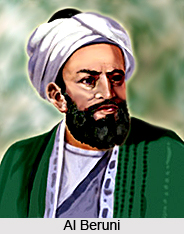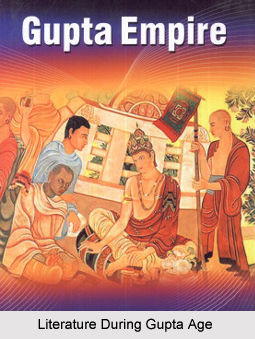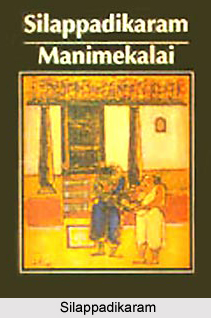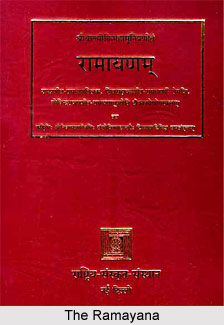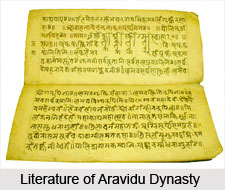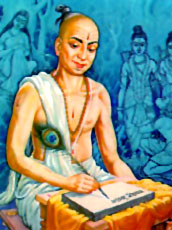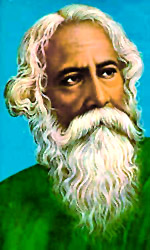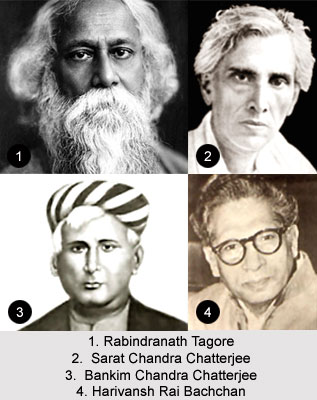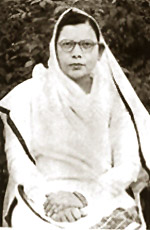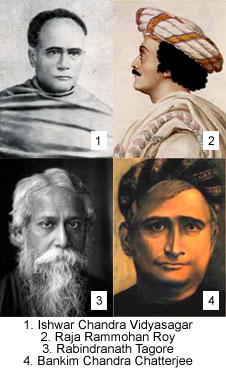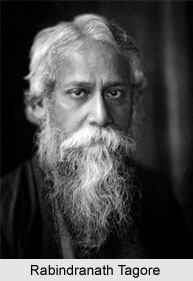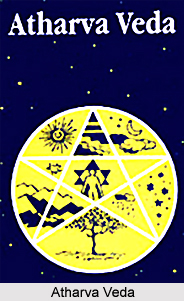 Songs and spells for healing diseases constitute one of the chief constituent parts of Atharva Veda Samhita. These songs and spells belong to the magic rites of healing known as Bhaisajyani. They are either addressed to the diseases themselves imagined as personal beings, as demons, or to whole classes of demons who are considered to be the creators of diseases. In India, as among other peoples, it is believed that these demons either oppress and torment the patient from outside, or that the patient is possessed by them. Some of these spells are also invocations and praises of the curative herb which is to serve as the cure of the disease. Again there are other prayers which are made to the water to which special healing powers are ascribed, or to the fire which is looked on by the Indians as the thing which demons fear most.
Songs and spells for healing diseases constitute one of the chief constituent parts of Atharva Veda Samhita. These songs and spells belong to the magic rites of healing known as Bhaisajyani. They are either addressed to the diseases themselves imagined as personal beings, as demons, or to whole classes of demons who are considered to be the creators of diseases. In India, as among other peoples, it is believed that these demons either oppress and torment the patient from outside, or that the patient is possessed by them. Some of these spells are also invocations and praises of the curative herb which is to serve as the cure of the disease. Again there are other prayers which are made to the water to which special healing powers are ascribed, or to the fire which is looked on by the Indians as the thing which demons fear most.
These songs of magic, together with the magic rites attached to them, of which we learn in the Kaushika Sutra, form the oldest system of Indian medical sciences. The symptoms of the various diseases are often described with great clarity in the songs, and therefore they are not uninteresting for the history of medicine. This is true particularly of the spells against fever. In the later text-books of medicine the fever is still called "the king of diseases," on account of its frequency and violence. Numerous charms are addressed to `Takman`- This is the name of the fever imagined as a demon in the Atharva Veda. The wish that the diseases may go to other people may visit other lands, returns frequently in the songs of the Atharva Veda. In a similar manner, even the cough is sent away from the patient into the far distance with the appropriate spells.
On account of their picturesque, sublime language, some of these magic songs deserve to be valued as examples of lyrical poetry. Certainly one must not expect too much in this poetry. It is the sudden beautiful images, comparisons and similes, such as when, in a spell against bleeding, the magician addresses the veins as red-robed maidens, that the lyricisms of the poems lie. However, these sayings are not always so poetical. Very often they are most monotonous, and in many of them, in common with the poetical compositions of primitive peoples, it is chiefly that monotonous repetition of the same words and sentences of which their poetical form consists. Often, too, as is the case with the magic incantations of all peoples, their waning is intentionally problematic and obscure.
It may be noted here that there are quite a few similarities between the magical notions in the Indian texts as well as a number other foreign ones. There is, for instance, a remarkable agreement between Indian and German magic incantations. Similarly as 55, 77, or 99 diseases are mentioned in the Atharva Veda, so in German incantations too, 77 or 99 diseases are often spoken of. A conception which the ancient Indians have in common not only with the Germans but also with many other peoples is that many diseases are caused by worms. There are therefore a series of magic songs, which are intended to serve the purpose of exorcism and driving away all kinds of worms. These worms are regarded as demonical beings; their king and governor are mentioned, also male and female ones, worms of many colours and fantastical forms, and so on, for instance, in the spell against worms in children.
Thus discussed above is a look into the nature of the songs and spells for healing diseases which make up a major portion of the Atharva Veda.

